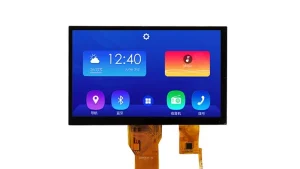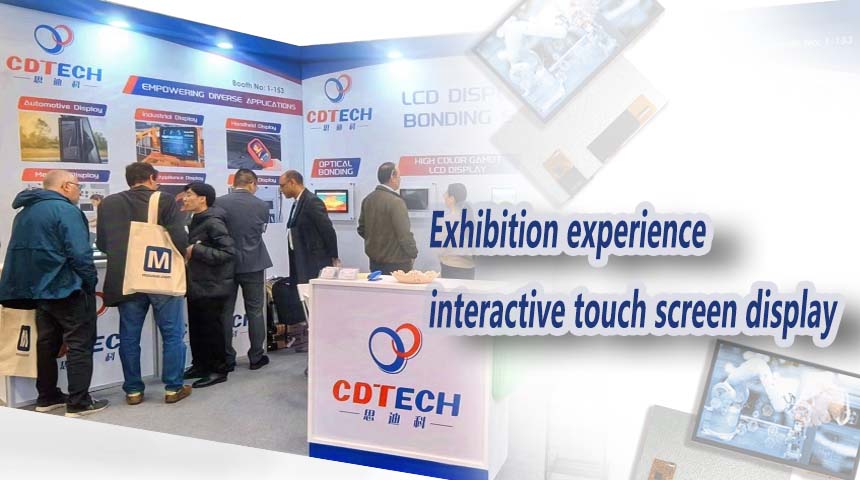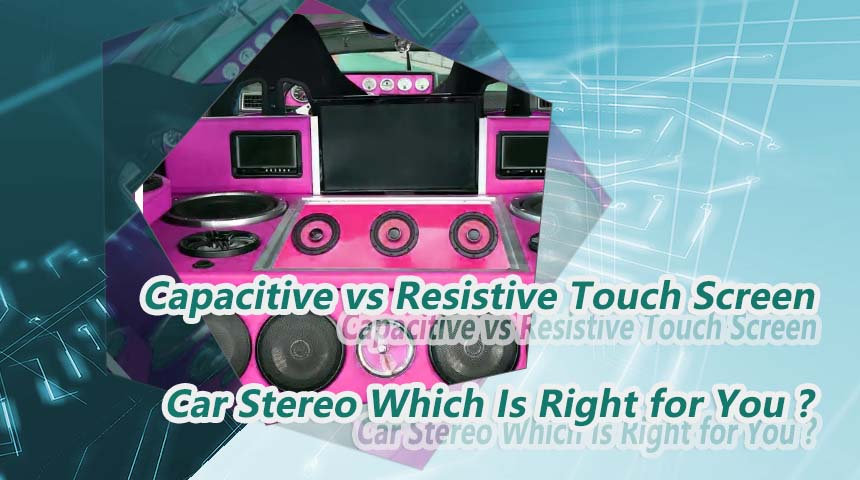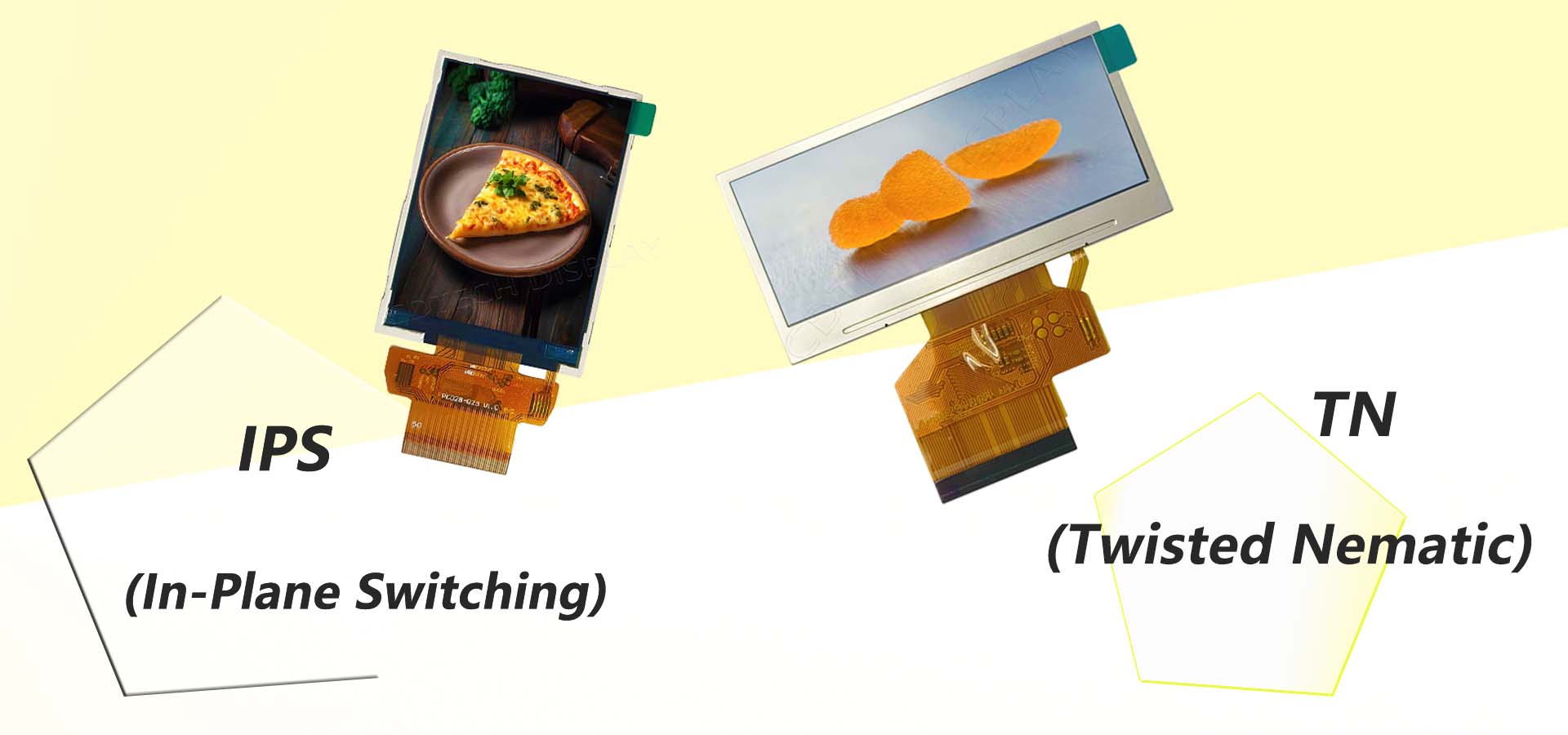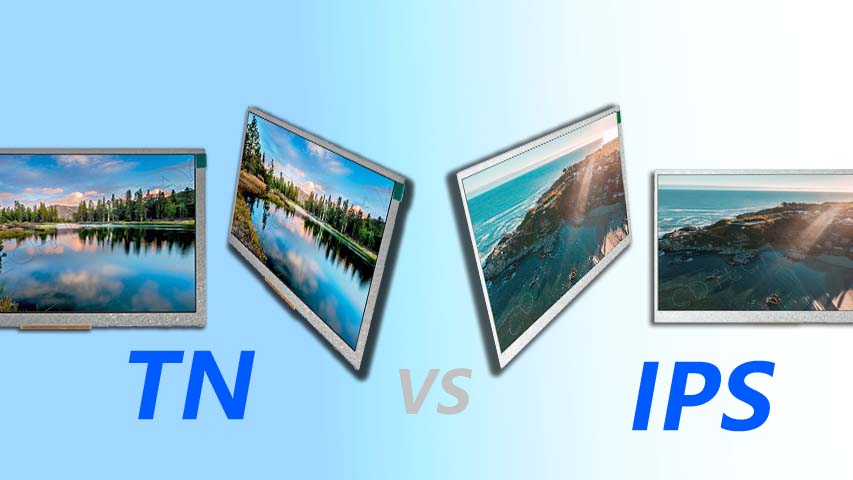Understanding What is a Capacitive Touch Screen and Its Applications
Exploring the Basics of Capacitive Touch Screens
Definition and Working Principle
Capacitive touch screens are displays that detect finger or device input through touch sensitivity rather than pressure, like resistive screens do. They sense touch by utilizing the electrical characteristics of the human body to identify the location and timing of user interaction with the screen. The mechanism powering capacitive touch screens involves placing a conductive material beneath an insulating layer to create an electrostatic field. When someone taps the screen with their finger and connects at a point on the display screen, the device can sense and determine the precise spot of that touch interaction.
Historical Development and Evolution
Touchscreens that use capacitance technology have come a way since their initial introduction to the market several years ago and have steadily advanced thanks to technological advancements in various industries beyond just electronic devices to more intricate gadgets and machinery as well. During their development over time, they have seen enhancements in sensitivity levels and durability while also increasing their capacity to support touch-based functions. Making them a prevalent component, in electronic devices today.
Key Features and Characteristics
Capacitive touchscreens are highly valued for their responsiveness and accuracy which provide users with a seamless interaction experience. They allow for touch gestures like swiping and pinching which have become key features in user interfaces for various devices. Additionally, capacitive screens are recognized for their durability as they can resist scratches and minor impacts due, to their construction.
Diverse Applications of Capacitive Touch Screens
Consumer Electronics
Smartphones and Tablets
Capacitive touchscreens are commonly found in smartphones and tablets in the consumer electronics industry because of their ability to precisely identify points of contact simultaneously. This feature makes them ideal, for these devices as they enable user gestures that enhance interaction with various applications and multimedia content.
Laptops and Wearables
Touchscreen laptops often incorporate technology to offer users a method of navigation in comparison to traditional input devices, like keyboards and trackpads. Similarly such as watches utilize capacitive touchscreens to create compact yet functional interfaces that quickly respond to user commands.
Industrial Uses
Manufacturing Equipment Interfaces
In manufacturing settings and other industrial workplaces, capacitive touch screens are employed as instruments to efficiently operate machinery by providing operators with the ability to control equipment functions through graphic interfaces. The longevity of these screens enables them to withstand conditions and endure, for extended periods.
Medical Devices
In settings that value accuracy and reliability capacitive touch technology is beneficial not only for medical devices but also, for healthcare providers using diagnostic tools to maintain sterility and functionality.
Advantages of Using Capacitive Touch Screens
Sensitivity and Accuracy
Capacitive touch screens stand out for their sensitivity when compared to other display technologies because they can accurately detect even the lightest touch of a finger or stylus making them ideal for precise input recognition in a wide range of applications such, as mobile gaming and intricate industrial controls.
Durability and Maintenance
Capacitive screens are built to be durable and able to withstand everyday use better than alternatives due to the quality of their materials.CDTech LCD products are recognized for their dependability and longevity when used in accordance with the provided instructions over time.
Multi-Touch Capability
Capacitive touch screens have the capability to support touch functions that allow users to perform complex gestures like zoom and rotate images with ease and fluidity. This functionality enhances user interaction across devices from personal gadgets to top-tier professional tools.
CDTech customization features improve these advantages by allowing the use of covers and operation with wet hands or while wearing gloves; it also works well with both active and passive styluses. We offer flexibility in selecting IC solutions from brands, like Microchip and Atmel to guarantee performance tailored to specific needs.
In conclusion, understanding the importance of touch screens underscores their role in different industries due to their advanced features and adaptability. Their applications are expanding in tandem with advancements enhancing consumer gadgets and optimizing industrial operations.
Challenges and Limitations of Capacitive Touch Screens
Environmental Sensitivity
Capacitive touch screens are effective in scenarios; however, they also face unique challenges for users to navigate through them smoothly—a significant downside being their susceptibility to issues like moisture and dirt that interfere with the electrostatic field and cause inaccurate touch responses or reduced sensitivity levels due, to such factors affecting their performance reliability in certain environments.
Cost Considerations
When dealing with touch screens it’s important to take into account the cost factor well. These screens often involve manufacturing processes compared to resistive screens resulting in higher prices. Additionally, the materials used such as indium tin oxide (ITO) for the layer also contribute to increased costs. This factor can present a difficulty for projects with budgets or, for products aimed at price-sensitive markets.
Compatibility Issues
When dealing with touch screens compatibility problems can sometimes pose a challenge well. It’s crucial to ensure that the necessary drivers and software are set up for them to function seamlessly. This may not always be in sync, with the systems or specific operating environments calling for development work to ensure seamless integration. This could involve investing both time and money.
CDTech Company: Innovating with Capacitive Technology
Overview of CDTech Capacitive Products
CDTech has positioned itself as a frontrunner in pushing technology with its exceptional lineup of LCD products.CDTech LCD products are known for their top-notch quality and reliability allowing users to enjoy extended usage without any glitches as long as they follow the recommended operating guidelines. Their product selection features screens like the 4-inch IPS Display with a resolution of 480×480 and a brightness level of 270 nits. This screen also comes equipped with a touch panel that is optically bonded to enhance its durability and clarity.
Other Products in LCD with Touch Series
At CDTech, we don’t just provide products. We offer a range of LCD products that feature capacitive touch panels as well. A prime example is our 7-inch Sunlight Readable IPS Display with a resolution of 1024×600 and a brightness level of 1500 nits. This display is specifically crafted to excel in settings. Our touchscreen customization services cater to cover lens support and functionality with wet fingers or gloves on. Providing versatile usage options that also accommodate passive pens.
Their ability includes crafting touchscreens, with G+G or GFF (film sensor) configurations and accommodating COF or COB designs for CTP FPC to ensure that the touchscreens fulfill application requirements while delivering precise and reliable touch functionality.
CDTech is continuously enhancing touch screens to enhance their user friendliness and versatility across sectors such as consumer electronics and industrial machinery interfaces. They address concerns such as sensitivity to the surroundings by integrating design features and offering tailored solutions to cater to each client’s requirements. This highlights CDTech’s pioneering role in advancing technology for applications.


 2025-01-23
2025-01-23  11:50
11:50 